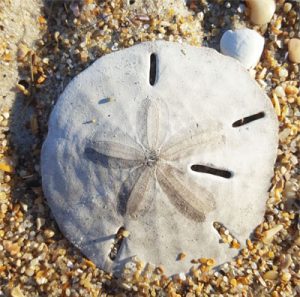Sand Dollars Live On The Sandy Sea Floor From The

Sand dollars are scientifically classified in the order clypeasteroida and there are many varieties and species in that classification.
Sand dollars live on the sandy sea floor from the. What makes up the skin of sand dollars. As the name implies they have tiny spines all over their bodies that resemble hair. A common sand dollar is another name for a particular type of flattened sea urchin. Sand dollars live on the sandy sea floor from the down to the.
It captures plankton with spines and pincers pedicellariae on its body surface. Hold the sand dollar gently in the palm of your hand and observe the spines. Pollution of the sea habitat destruction and by catch they end up trapped in the shrimp trawls by accident are the major threats for the survival of sand dollars in the wild. As live animals sand dollars filter detritus and debris from the sandy sea floor while also providing a tasty food source to many benthic bottom of the ocean predators including sea stars crabs fish and the occasional octopus brasher says.
These spines help the animal move along the ocean floor and bury itself in the sand. They live on the sandy sea floor from the intertidal zone the area between high tide and low tide down to the subtidal zone the area below low tide. They also live in deeper waters off the open coast up to 131 feet 40 m. Special breathing caused by tube feet.
Female sand dollars release eggs that. They live on the sandy sea floor usually in the intertidal zone near the beaches or rarely away from the shore on a depth of 30 feet. When most people think of sea urchins they think of scary spiny creatures that live on the bottom of the sea floor but sea urchins come in many shapes and sizes. Sand dollars partly bury themselves under the sand with an edge poking up out of the sand.
The common sand dollar is found in the northern hemisphere in temperate and tropical waters. They often live in colonies. Most sand dollars are found at depths of 30 to 40 feet 9 12 m. In its sandy seafloor habitat a sand dollar uses its spines aided by tiny hairs cilia to ferry food particles along its body to a central mouth on its bottom side.
What is the star shape on the sand dollar. 1 live sand dollars are members of the phylum echinodermata meaning spiny skin. On a good day at ocean isle sunset or holden beach you might find many sand dollars ranging in size from one to approximately four inches in diameter. Sand dollars live on sandy or muddy flat areas of the ocean floor in shallow water near land.
Sand dollars can be found from alaska to northern baja california.


















